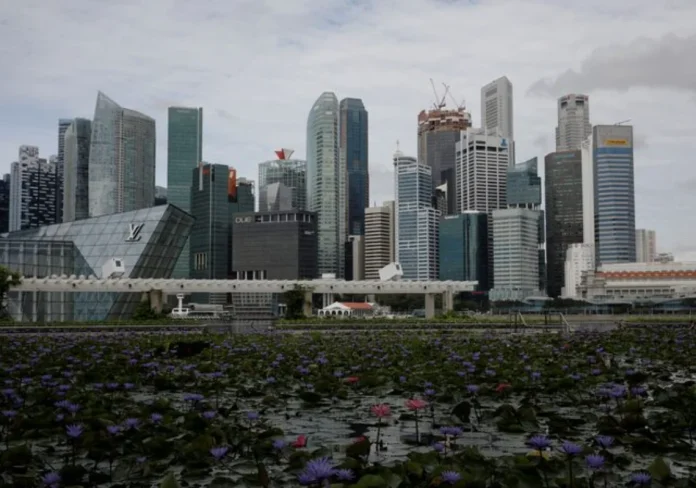Singapore sets aside 300 hectares on Jurong Island for renewable energy and 20 hectares for its largest data centre park with 700MW capacity
SINGAPORE: Singapore will allocate more land on its manufacturing hub, Jurong Island, for renewable energy facilities and a data centre park.
About 300 hectares of land on the island’s western side, roughly 10% of Jurong Island’s total area, will be set aside for renewable power projects and low-carbon fuel production.
The 3,000-hectare Jurong Island is the centre of Singapore’s energy and chemicals industry, housing two of the city-state’s three refineries operated by Exxon Mobil, Chevron and PetroChina.
Jurong Island will be a global test-bed for new energies and low-carbon technologies, said Tan See Leng, Singapore’s minister-in-charge of energy, science and technology.
The development will scale up facilities for renewable energies, including solar sources, sustainable aviation fuel, low-or-zero carbon ammonia solutions for power generation and maritime bunkering, as well as battery storage.
These include Singapore’s project for low-or-zero carbon ammonia power generation as well as hydrogen-ready power plants.
Separately, another 20 hectares of land will be set aside to develop Singapore’s largest data centre park, designed to support up to 700 megawatts of power capacity.
Operators will be able to tap Jurong Island’s existing ecosystem, including shared energy storage and utility infrastructure, ample power supply, and access to emerging low-carbon energy sources.
At the same time, Jurong Island will continue to diversify and drive growth opportunities in specialty chemicals and sustainable products, while battery storage infrastructure is also expanding on the island.
“There has been increasing interest from specialty chemicals players to grow their presence in Singapore, driven by growth in regional demand for higher-quality products,” Tan said.
Sembcorp Industries said on Monday that it has piloted a battery stacking solution at its existing Jurong Island energy storage system facility.
The vertical expansion increases storage capacity without enlarging the physical footprint, boosting the energy storage system’s capacity from 285 to 326 megawatt-hours. – Reuters







